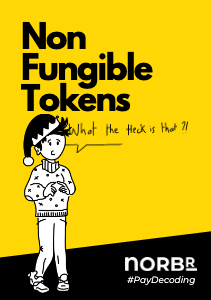Bridging real and digital: The NFT signature
Non-fungible tokens (NFTs) burst onto the digital scene as game-changers. They offer unique authentication codes and metadata on the blockchain. This ensures the authenticity and uniqueness of digital assets. It’s akin to how a Picasso’s signature authenticates his masterpiece. Each NFT carries a distinct value, unlike interchangeable cryptocurrencies. They embody a new frontier in digital ownership and value. Through blockchain, NFTs ensure every digital item’s uniqueness and rightful ownership. This breakthrough mirrors a new epoch in the digital realm, much like Picasso’s signature heralded a unique piece of art.1.
NFTs: more than just digital art
Initially, people cherished Non-Fungible Tokens (NFTs) for their digital artwork innovation. Rapidly, NFTs transcended into various realms. Now, they reflect a broader spectrum of digital ownership. They’ve become a cornerstone in the collectibles sector, with digital trading cards and unique digital assets that have enthusiasts buzzing. In the gaming universe, NFTs have revolutionized ownership concepts. They make in-game items, skins, and assets truly player-owned. This adds real-world value to virtual possessions.1.
Artist and brand adoption
The surge of NFTs has witnessed artists and brands flocking to this digital frontier. For instance, digital artworks by Grimes valued at about $6 million and Pak’s collection sold for about $17 million highlight the financial potentials for artists1.
The cascade of NFTs isn’t confined to individuals but extends to established brands exploring this digital realm. They harness the NFT platform to narrate their legacy, engage with their audience, and forge a digital footprint. Moreover, the NFT marketplace is burgeoning, reflecting a blend of artistry and commerce.
NFTs in Gaming and Metaverses
The convergence of gaming, NFTs, and the metaverse is breathing a new, sustainable, utility-focused life into the burgeoning Esports sector. From bolstering ongoing revenue streams of Esports organizations to galvanizing fan participation and engagement, NFTs hold several unique value propositions1.
In the metaverse, NFTs play a lead role. They serve as verifiable deeds to property that only exists in the virtual world, acting as a key building block of the metaverse economy. Their uniqueness and blockchain-backed verifiability make them pivotal in the ownership and trading of digital assets within virtual realms2.
NFTs in Sports and Collectibles
In 2022, a lucrative NFT application emerged in the sports industry. It arose through selling limited-edition video clips or player cards. The value of each NFT often hinges on the athlete’s prominence. Additionally, the event’s significance plays a part. Demand among fans further determines NFT value. This application not only monetizes sporting moments, but also deepens fan engagement3. Moreover, sports teams can leverage NFTs beyond mere digital collectibles, creating additional revenue streams and opportunities from NFT merchandise in the metaverse through NFT ‘wearables’—a type of NFT that can be worn by avatars, escalating the level of fan engagement and monetization4.
Real-world implications beyond art
Utility tokens, a variant of NFTs, are carving a niche by offering practical value. They unlock services, discounts, or experiences in the digital realm, bridging the gap between virtual and real-world utilities.
The integration of utility NFTs can potentially upset traditional business models across various sectors. For instance, within the gaming industry, they could unveil new avenues for monetizing and distributing in-game content. In the music sphere, utility NFTs might represent ownership over specific songs or albums, enabling more direct monetization routes for artists and increased control for music rights holders1.
Operational Mechanism
The operational essence of utility NFTs is rooted in blockchain technology, ensuring secure and decentralized digital asset management. Initially, a utility NFT is birthed with a unique digital signature or “hash,” which is irreplicable, thereby getting registered on the blockchain. This registration, termed “minting,” is crucial for affirming the authenticity and uniqueness of the token. Post minting, the NFT can embody any utility as envisioned by the project or creator. Upon its first purchase, a utility NFT can be traded or sold on marketplaces freely, enabling value appreciation over time as demand escalates, and permitting utility transfer to others1.
The hurdles: environmental impact
However, the energy-intensive nature of blockchain, the backbone of NFTs, has raised environmental concerns. The substantial energy consumption is a significant challenge that the industry faces.
The 2023 NFT Market Landscape
In 2023, the market experienced a rollercoaster ride. NFT trading volumes sharply increased in Q1 2023 initially. However, they declined afterwards due to various factors. The broader crypto market performance contributed to this decline. Possibly, other macroeconomic factors played a part too. Despite these ups and downs, a competitive spirit persisted in NFT marketplaces. Platforms like OpenSea and Blur continually pushed boundaries, showcasing vigor in market competition. Additionally, the transition of NFT collections between blockchains signified a maturing and increasingly dynamic market. Financially, the spectrum of NFT projects widened. Market caps varied significantly, showcasing a diverse range. This reflects the broad range of opportunities within the NFT domain. Investments too, found a vast playground, indicating a vibrant financial landscape.
Over 50% of NFT projects in 2023 have a market cap ranging from 100 to 1000 ETH ($0.2M to $2.1M as of April 2023), and 125 projects hold a market cap of 100K ETH and above, highlighting the financial magnitude and the varied scale of projects within the NFT ecosystem5.
Enhancing online payment landscape through NFTs
NFTs unfold a new dimension in online transactions by offering unique authentication codes, akin to a digital signature, bolstering the integrity of online payments. They embed every transaction on the blockchain, ensuring an immutable and verifiable history. This transparency nurtures trust among users, a cornerstone for thriving online payment systems.
Delving into asset tokenization, NFTs unveil innovative avenues for monetizing digital assets. They pave the path for nuanced payment models like microtransactions or fractional payments. Their role extends to enhancing consumer engagement online. By offering exclusive experiences or privileged access, NFTs craft a more interactive and rewarding digital landscape.
This, in turn, cultivates a favorable environment for diverse online payment behaviors. Beyond individual transactions, NFTs are heralding a new era of interoperability among various platforms and services. Their ability to bridge different digital realms simplifies transactions, making online payments more seamless and user-centric.
This interoperable trait of NFTs hints at a future where online payment systems are more integrated, user-friendly, and robust in ensuring transaction authenticity.
The curiosity surrounding NFT is palpable. Venture deeper into this disruptive tech in our #PayDecoding library, where the future of transactions unfolds.




